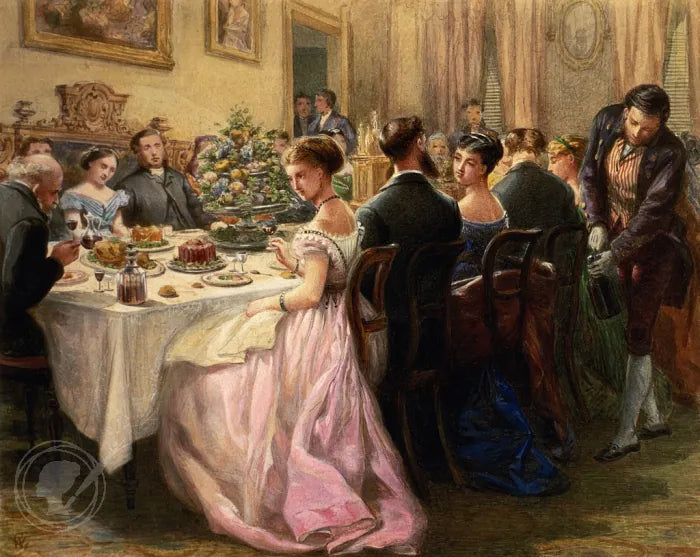
Dinner parties have been around as long as social hierarchies and appetites have coexisted. In ancient times, these gatherings were all about showing off wealth, status and influence, hosting elaborate feasts to dazzle guests and solidify social standing. hauste.co By the 17th and 18th centuries in Europe, especially in France, hosting became more refined. Guests gathered in elegantly appointed homes, dined on fine china, and dressed to the nines. Something Louis XIV’s court helped popularize. Ouverture London
Fast forward past the Victorian era and several world wars, and dinner parties took on a fresh identity in mid-20th-century America. With fewer households able to afford live-in help, socialites and everyday folks alike turned to dinner parties to showcase taste, manners, and yes, that china set they’d been swooning over. Sociologist Alice Julier notes these gatherings became a way to signal upward mobility and social grace, even without a full staff in the wings. Bon Appétit
Nowadays, dinner parties have morphed into casual, heartfelt get-togethers... friends around a low-lit table, not formal dining rooms. As Ina Garten and Nigella Lawson advise, the biggest mistake hosts make is spending too much time cooking. Instead, they say, “keep meals simple and be part of the party.” EatingWell Whether you’re pouring wine or laughing over a shared appetizer, today’s soirées are less about pomp and more about presence, warmth and memories in the making.